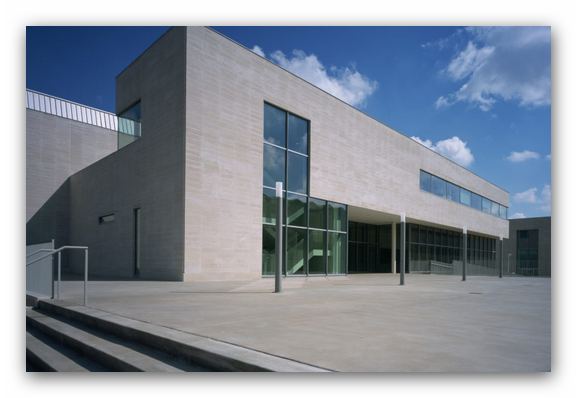Feb 10 2017 - Aug 6 2017
Woven throughout this chronological display of selected works from the Mildred Lane Kemper Art Museum’s permanent collection are the leitmotifs real, radical, and psychological, illuminating how these notions have guided artistic production from the nineteenth century to today. Real encompasses various approaches to the depiction of the visible world, both illusionistic and abstracted, as well as more subjective interpretations of a given reality. Radical involves politically driven aesthetic practices, including the rejection of autonomous art and art historical traditions, often resulting in images of both utopian and dystopian futures. Psychological comprises visualizations of the self and the internal world along with unfathomable, even volatile states of the unconscious mind and its bodily manifestations.
The installation begins with artworks from the nineteenth century, an era that witnessed radical ruptures and transformations that led to the creation of new nations and to major advances in communication, technology, and trade. In the first half of the century artists associated with Romanticism challenged Enlightenment values of empiricism, secularization, and rationality, stressing subjective individualism and emotion. Within this context landscape became a newly independent genre capable of conveying personal and often spiritual experiences. By midcentury Realism arose as a critical manifestation of certain artists’ concerns with creating a truly democratic art that would represent the material conditions of contemporary life. Both the Romantic emphasis on subjective experiences and the Realist engagement with an increasingly industrialized world informed many works of the later nineteenth century as well as the development of aesthetic modernism.
By the early twentieth century avant-garde artists focused on breaking free from history, artistic traditions, and cultural inheritances. Both propelled by and reacting against the realities of modern progress, and in response to the brutality and horror of two devastating world wars, artists experimented with revolutionary modes of expression to explore the human condition. Using inventive, often idiosyncratic visual vocabularies, they imagined new worlds, both fictional and material. Various forms of abstraction and semiabstraction emerged in such radical movements as Expressionism, Cubism, Constructivism, Surrealism, and Abstract Expressionism. Artists also revived realist idioms to voice political critiques as well as allegiances.
The 1960s and 1970s ushered in a cacophonous period in which artistic focus largely shifted away from progressive modernist paradigms and toward a postmodernist pluralism. Multidisciplinary artistic experimentation flourished. Many artists used video, photography, and performance art, rejecting grand art historical narratives to focus instead on such pressing issues as feminism and racism. Since the 1990s, with the end of the Cold War, the spread of globalization, and the emergence of the digital era, artists have employed such mediums as painting—reinventing past styles, genres, and motifs—alongside newer art forms to critically examine issues of perception and representation in a world in which the boundaries between real and virtual, local and global, and past and present are constantly being redrawn.
Credit: Exhibition overview from museum website
Exhibition Venues & Dates
Feb 10 2017 - Aug 6 2017
